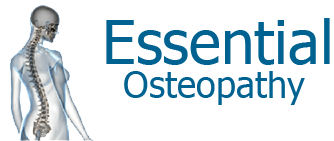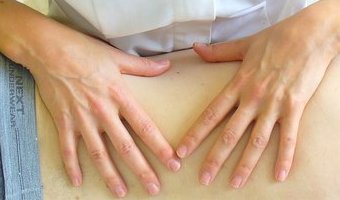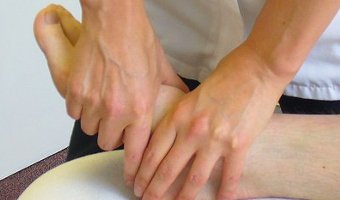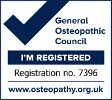Scoliosis
Scoliosis is a common spinal condition affecting at least 10% of people where the spine curves or twists (the word comes from the Greek word meaning ‘crooked’). People with scoliosis, such as Princess Eugenie as was highlighted following her recent wedding, have either an ‘S’ or ‘C’ shaped spine. The resultant shape can be one of two types:
- Structural – where the shape develops from the early teenage years
- Functional – develops as a result of our everyday lives and includes factors such as prolonged periods of sitting, carrying or picking up children, carrying heavy bags or slouching on the sofa at the end of the day.
Who does it affect?
Scoliosis can affect people of all ages to varying severity. Teenagers account for 80% of cases where scoliosis is of unknown case. There may be a genetic predisposition to the condition, but the specific genes have not yet been identified. The degree of curvature can be stable or progressive. Girls and those with a larger curve are at an increased risk of progressive worsening of the curve. X-Rays are taken to confirm diagnosis and assess the severity of the curvature.
Signs of a scoliosis?
Signs can include:
- Uneven musculature on one side of the spine with complaints of stiffness and soreness
- A rib or shoulder blade prominence on one side caused by the rotation of the rib cage/thorax
- Uneven hip, arm or leg lengths or the waist may be higher on one side than the other
Sufferers don’t necessarily experience pain or problems through their lives but, in some cases, it can be debilitating and lead to lung and heart capacity problems which can restrict activity levels.
Can Osteopathy help?
Treatment can depend on the degree to which the spinal curvature is affecting your, or your child’s, daily life or whether the condition is worsening. Osteopathy can help by mobilising the thoracic and lumbar spine and the rib cage to increase the range of movement. The pelvis also benefits from mobilisation especially where there is a leg length difference. For example in the ‘C’ curve case, the chest and thoracic spine curve forward and compress with the muscles shortening on the front of the body and a hunch forming in the back. Stretching and massaging these chest muscles, the psoas (hip flexor) muscles and other areas helps to open out the front of the body and release some of the tension. Exercises and stretches will also be given for the patient to do at home. These might include:
- Standing hamstring stretches
- The cat/cow stretch
- The pelvic tilt
- Gentle hip extension
- Gentle spinal mobilisations and extension
It’s unlikely that the scoliosis will be completely corrected with Osteopathy but it can definitely be managed and the pain levels reduced. Book in to get an assessment and, as well as treatment, we can go through the above exercises and more advice as appropriate.
As with Princess Eugenie who had her spine operated on when she was younger, other interventions may be appropriate. Close-fitting braces may be used day and night to prevent the scoliosis from worsening and, if severe, surgery may be recommended. This involves placing pieces of bone or bone-like material in-between the vertebrae with a rod, metal hooks, screws and wires holding the spine straight while the old and new material fuse together. The rod can be adjusted and lengthened every six months to allow for growth.







